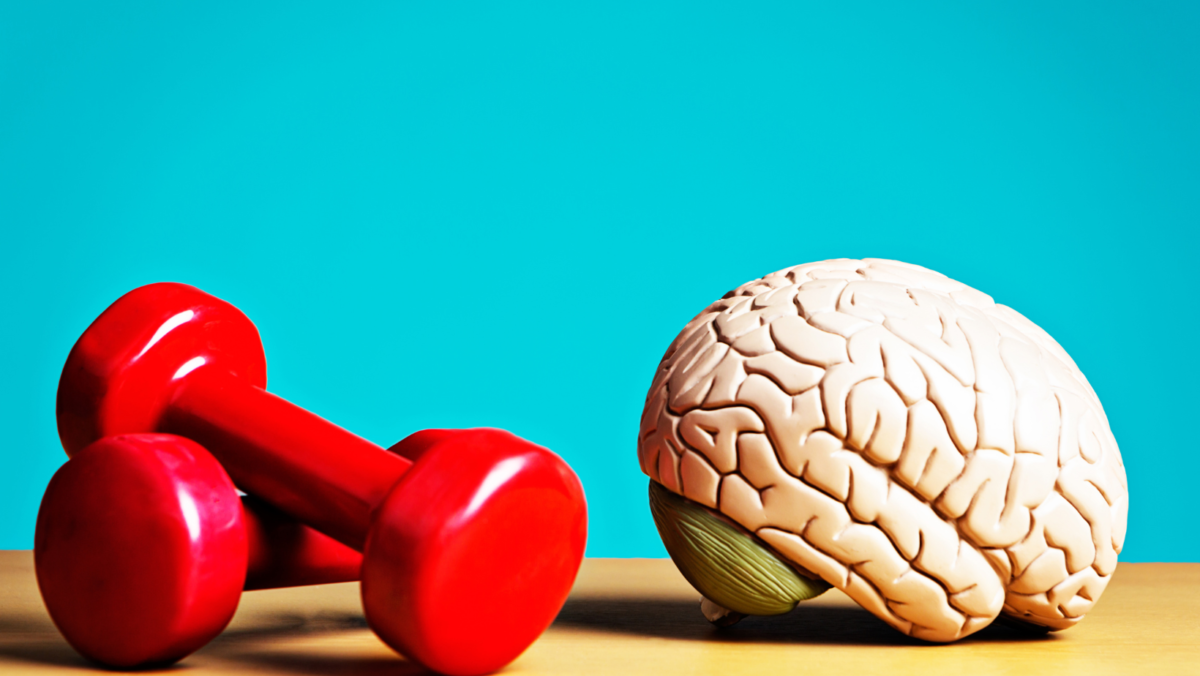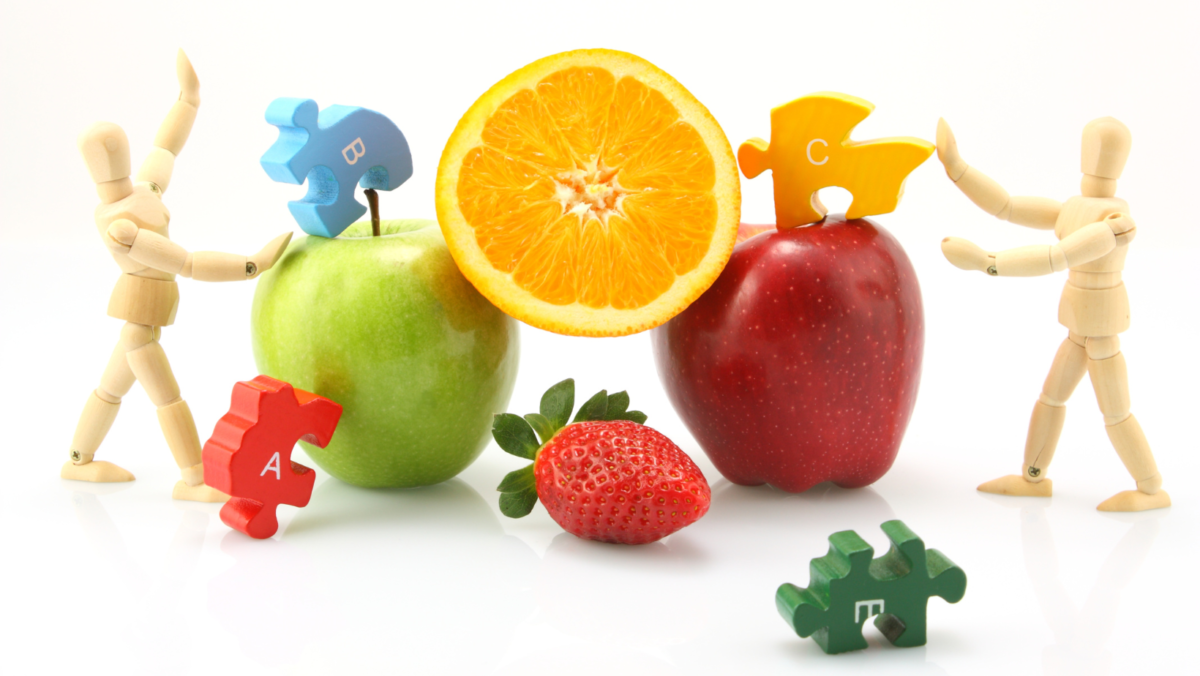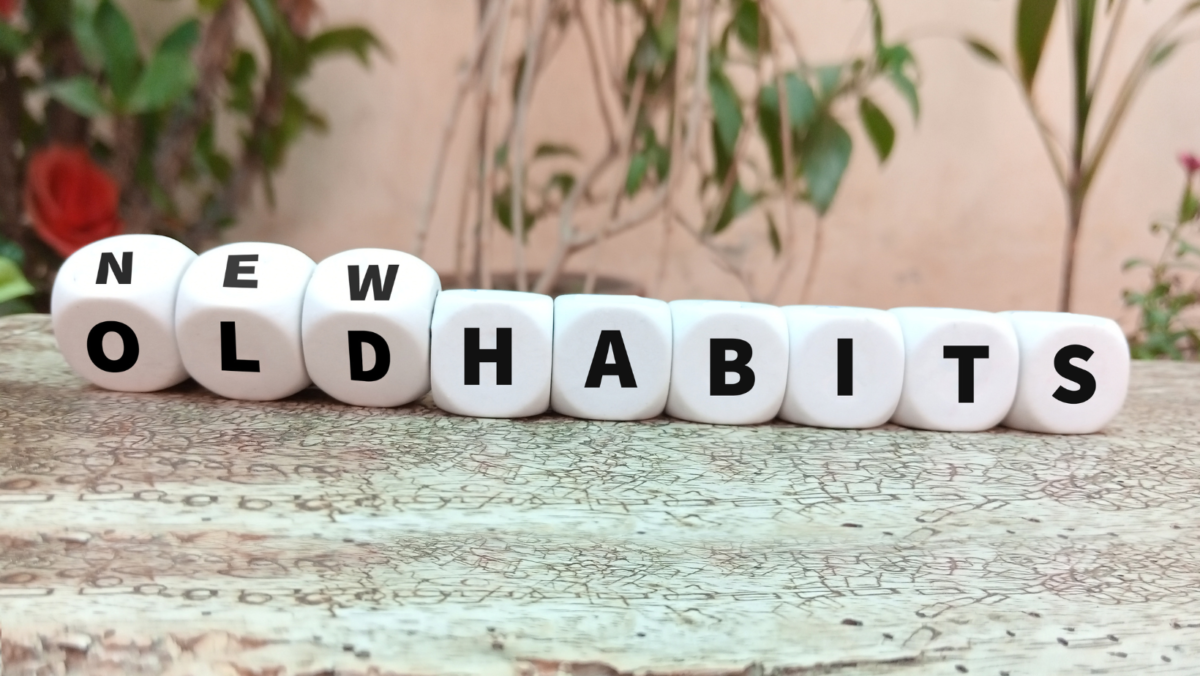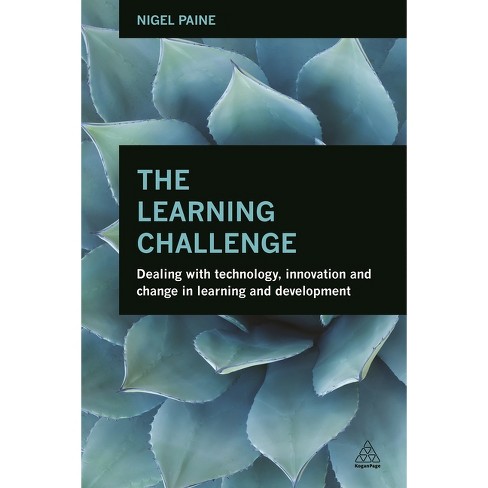Updated July 31st 2024
We think, say, and hear all the time:
“I can’t believe it’s already Friday!”
“We’re already into August!“
“Another year has passed so quickly”
“Where has the time gone??”
Let’s face it: we live in a world where life is literally running away from us. Not because it doesn’t like us and wants to escape from us. It’s because of how our way of living has evolved over many years; we have been surviving – and I literally mean surviving – on this planet.
Having said that, I feel an urgent need to throw a crucial question into the air for everyone out there to catch: Does our fast-paced world represent the rock-solid, inevitable nature of our life? Or are we just “living too fast“?
We always have 3 ways to deal with a challenging situation:
1: We flee.
2: We fight.
3: We adapt.
No. 1 (We flee) is ESCAPING the speed of life: I deem this as something impossible, because we might eventually grind to a halt and stand still for the rest of our life.
No. 2 (We fight) is living AGAINST the speed of life: at first this sounds like a good idea to me, because momentarily we are drowning (or suffocating – picture whichever option you like better!) in the current world of immediacy, instantaneousness, and promptness – it’s now or never!
Turning this world into the promised land where ‘time“ is a foreign word, is something that many of us – be it tangibly or just subcutaneously – wish and strive for.
However, I have one little issue with this: the word “against“ embodies a fight, a struggle, resistance – basically a lot of “negative effort”. We have enough of this in our daily life already, don’t we? So we don’t want any more of this, do we?
This leaves us with the last option, No.3 (we adapt). In which we don’t deny or run away from time but instead focus on ADAPTING to the speed of life. Now what’s decisive here is that we need to understand that we have two possibilities, as well as the choice to pick one of them – just like a train track can go into different directions as its rails split into two at certain points.
The first sub-option is that we live AT the speed of life, which means that we imitate and take on all its characteristics – we basically become one with the speed of life, meaning that we will BE the speed of life!
Getting back to what I said earlier about our urge for being gratified either now or never: if we choose this option – most of the time we do it without conscious intent, (perhaps because someone out there e.g. friend, parent, media, has in fact told us to do so)- we perceive less of what is happening in the world – because all we focus on is instant gratification!
Something happens which inevitably out-smarts our vast skill-set and reduces the quality of our decision-making, as we don’t take the time to see the whole picture. This means that we have less control over what we do, and eventually we get frustrated because of where our (unconscious) decisions have lead.
If this scenario does not appeal to you, you can always opt for sub-option 2, which is living WITH the speed of life. What we need to understand here is that when we adapt to something, we have the choice of shaping what we take on, as we like, without becoming that thing itself. We can instead become our own version, living next to that thing, rather than taking on its characteristics. For example, say you don’t like your manager, who is a stressed and aggressive person. You can adapt to him/her rather, than becoming like him/her – easiest thing to do to deal with the situation would be to become stressed and aggressive towards your manager or others. But the healthier thing to do is to learn some techniques to deal with this type of personality, and hence keep yourself calm and content.
In other words: we can let the speed of life determine how we adapt to it, or we can determine it ourselves to eventually live WITH it.
The former (sub-option 1) is the far more convenient and satisfying “low-energy-cost“-version, which will – ironically enough – lead to a “quicker“ life and therefore frustration.
The latter (sub-option 2) requires us to consciously slow down, hold on, step back, and see the whole picture.
The key is that only achieving a state of mindfulness will allow us to perceive the huge amount of options that are available to us – including living a “slower“, “longer“, and therefore a happier life.
I know why I thoroughly enjoyed writing this blog.
Written by our Guest Blogger Oliver Sifkovits (Msc, CSCS)
Oliver Sifkovits (Msc, CSCS) is a Performance Enhancement Specialist, Personal Trainer, as well as 4th belt holder in Capoeira. He has provided Strength and Conditioning service to athletes from various sports, levels, and age groups, including footballers from Hertha BSC Academy, World Cruiserweight Boxing Champion Pablo Hernandez, as well as multiple Austrian Racketlon Champion Michael Dickert. His approach is designed around improving body-mind-spirit performance and health in individuals.











